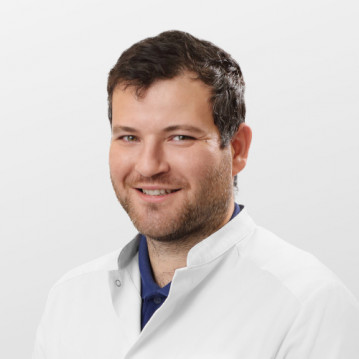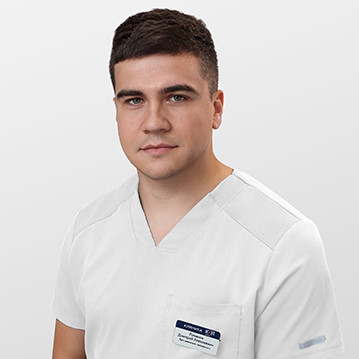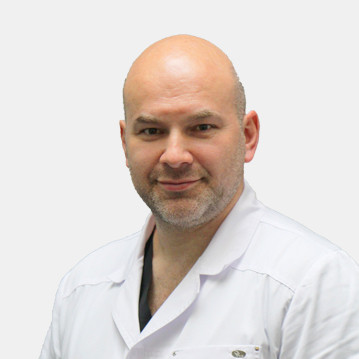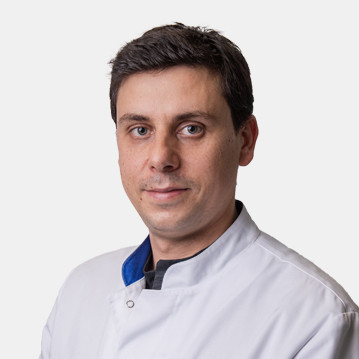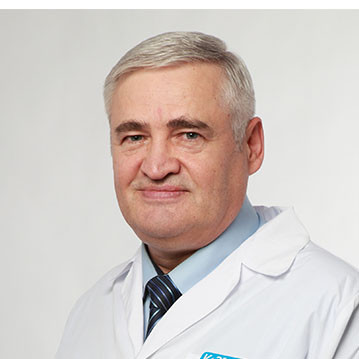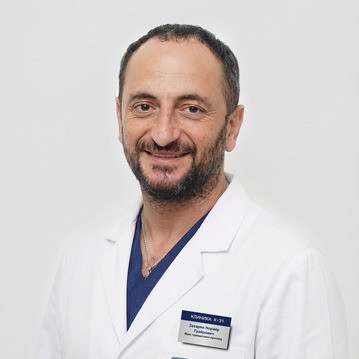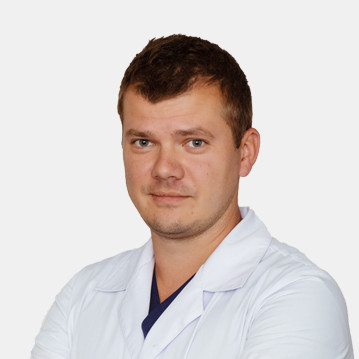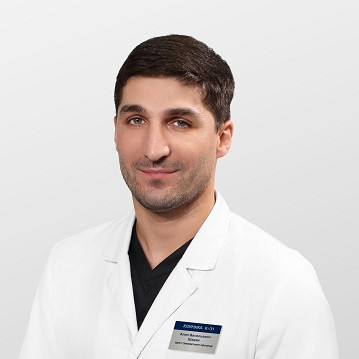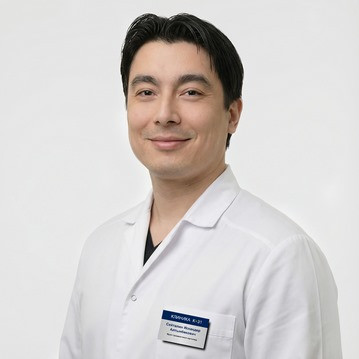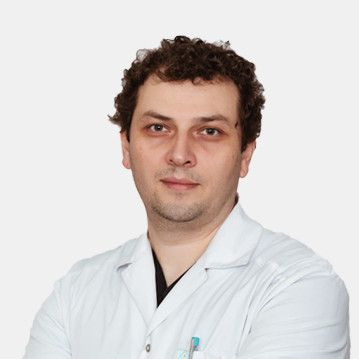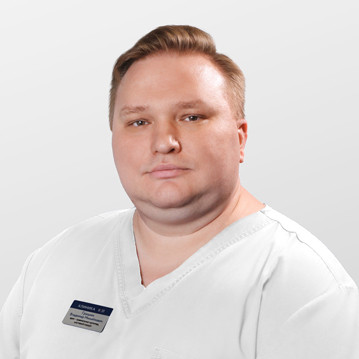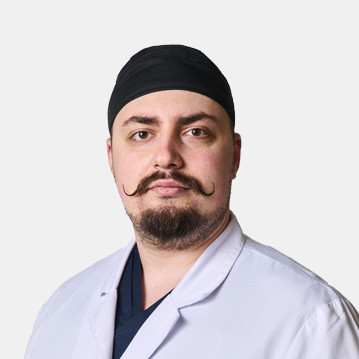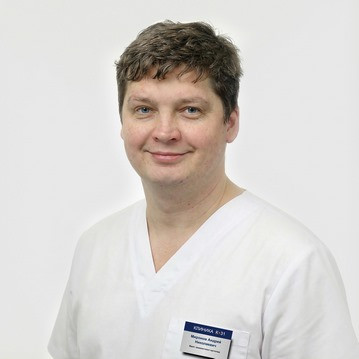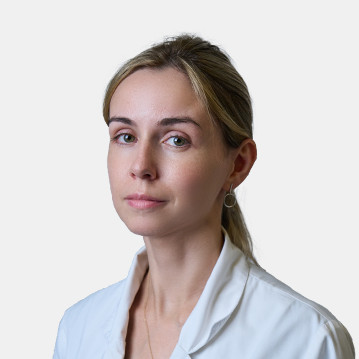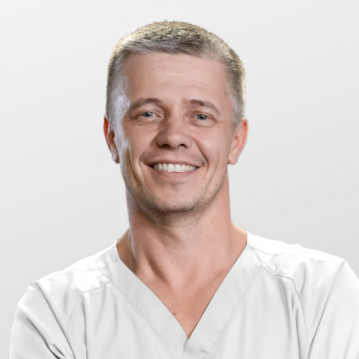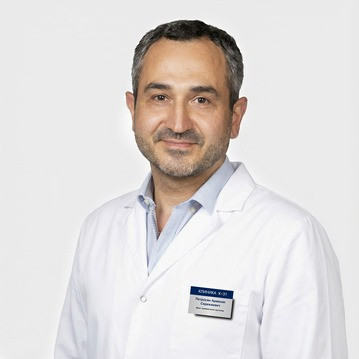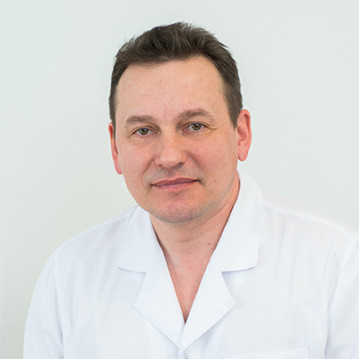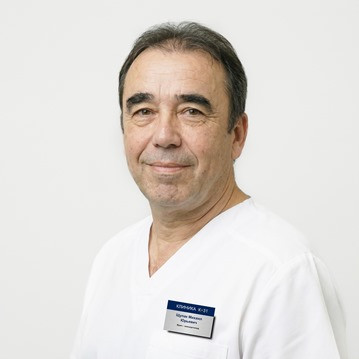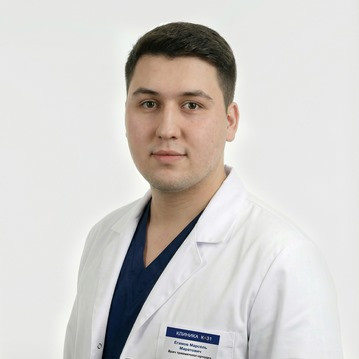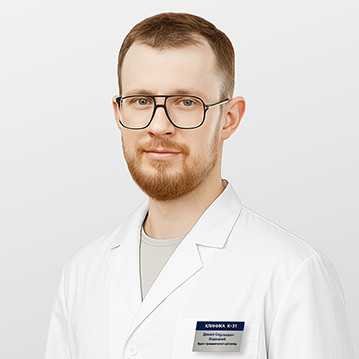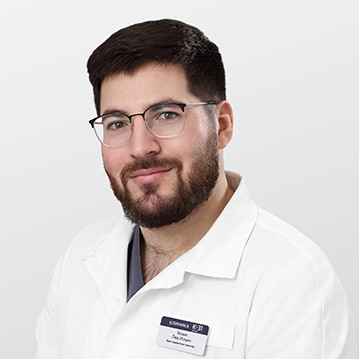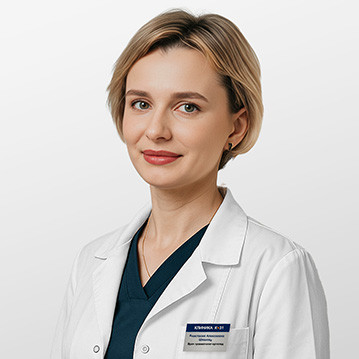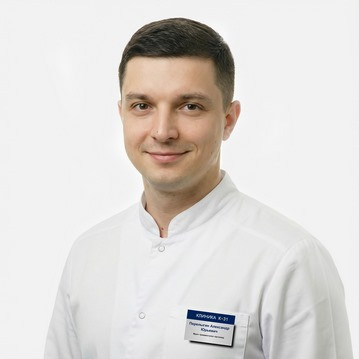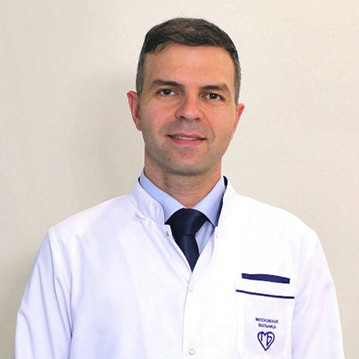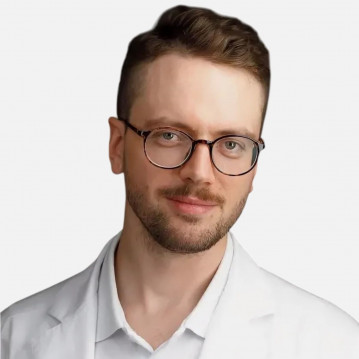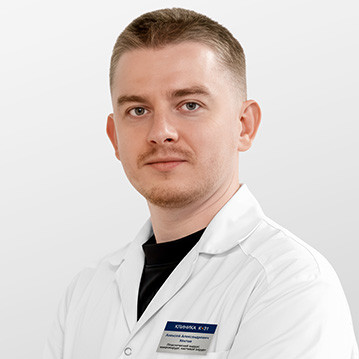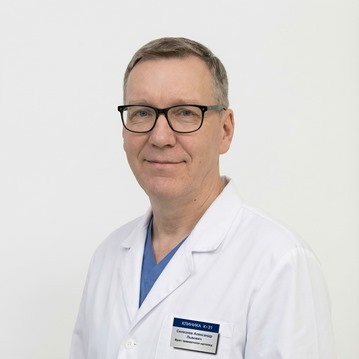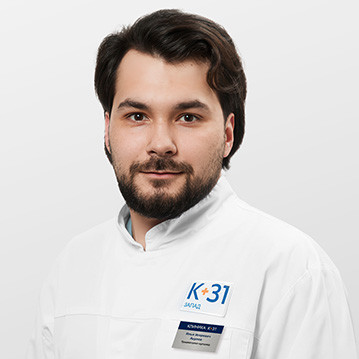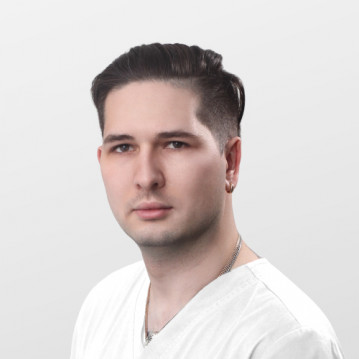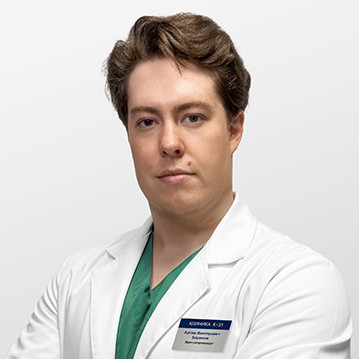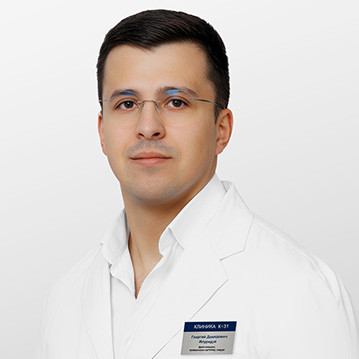A fundamentally new method of treating degenerative changes in the joints is called regenerative therapy based on the use of a person's own stem cells. They are able to replace damaged tissues, "transforming" into any necessary cells in the body. Increasingly, cell therapy is offered as a substitute for endoprosthetics or as a temporary solution before surgery.
What are stem cells
The human body consists of thousands of different types of cells, each of which is responsible for strictly defined tasks. For example, nephrons purify the blood and take part in the production of urine. In the process of aging, cells gradually die and are replaced by new ones formed from stem cells.
They are able to "grow" into cells of any type, triggering regeneration processes where the body needs it. After the stem cells are injected into the problem area, they immediately begin to fight the pathology, activating the body's defenses to repair damaged tissues.
Benefits of using cell therapy
The benefits of cell therapy in the treatment of diseases of the joints, ligaments, cartilage and muscles:
- high efficiency, and in some difficult cases, cell therapy is the only possible option for preserving the limb and its functionality;
- minimally invasive - stem cells are injected directly into the problem area through an injection, no long periods of rehabilitation or scars;
- outpatient treatment - the patient does not need to go to the hospital, after the procedure for the introduction of stem cells, he can immediately go home, only regularly visiting the doctor for routine examinations and tests;
- a real opportunity to postpone the operation for a long period of time - cell therapy allows you to restore damaged tissues, postponing endoprosthetics;
- a good alternative for patients who have intolerance to certain drugs (for example, antirheumatic drugs or cortisone);
- acceleration of the body's self-regeneration processes - stem cells allow to accelerate tissue healing after bone fractures and necrosis, soft tissue ruptures;
- versatility - stem cell treatment can be combined with plastic or other surgery, laser therapy, or used separately;
- simplicity of the procedure - cells are injected, a syringe with a very thin needle is used, it is practically painless;
- no side effects - the safety of using stem cells has been clinically proven in practice.
